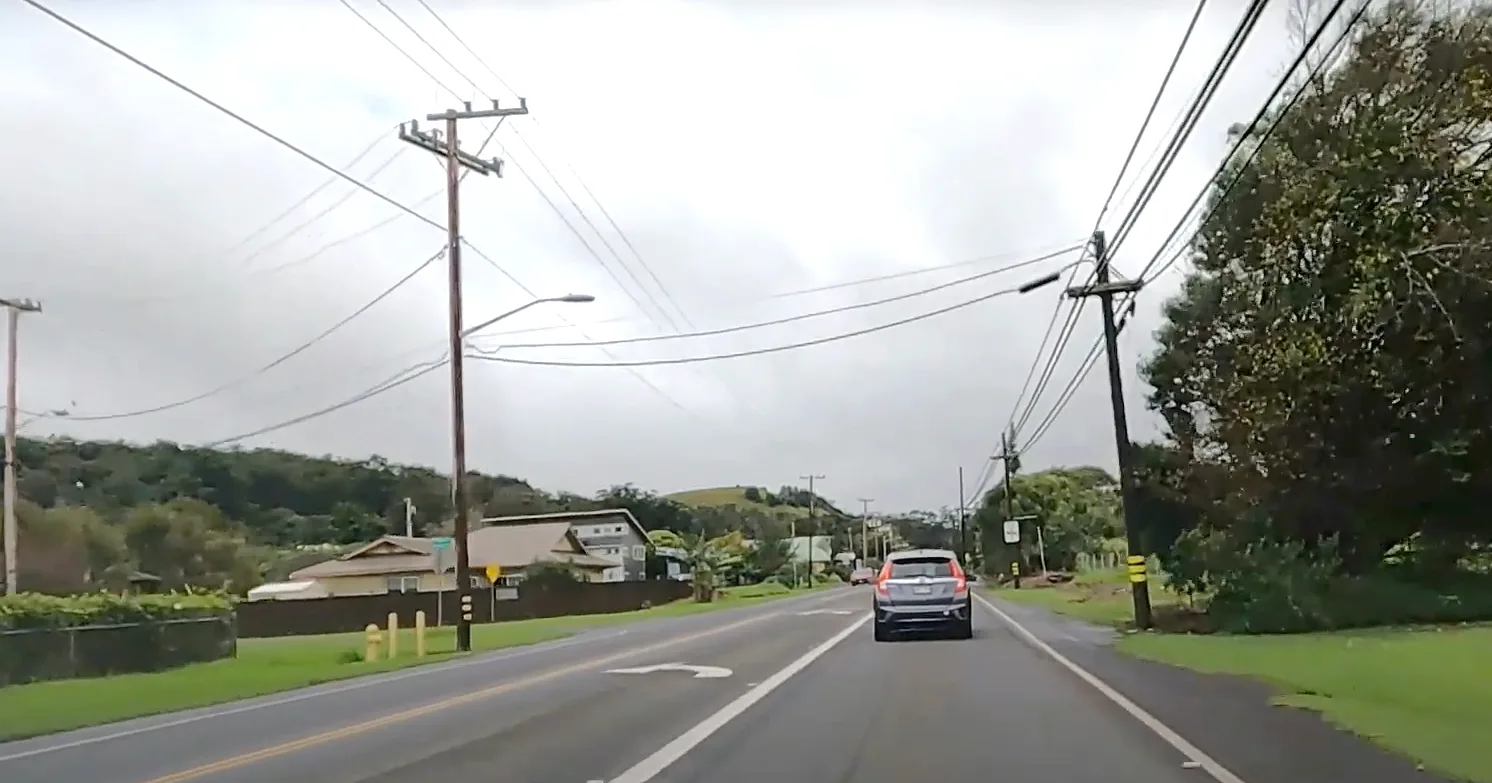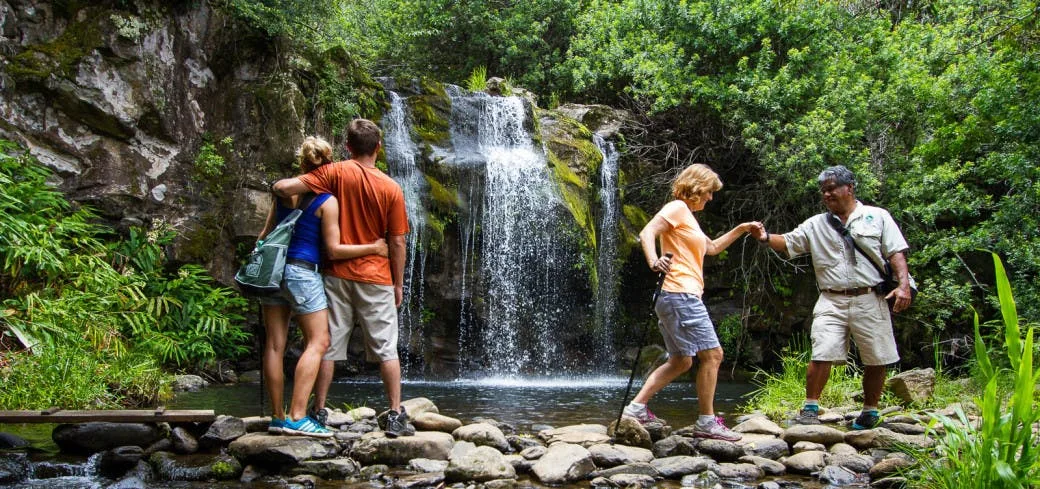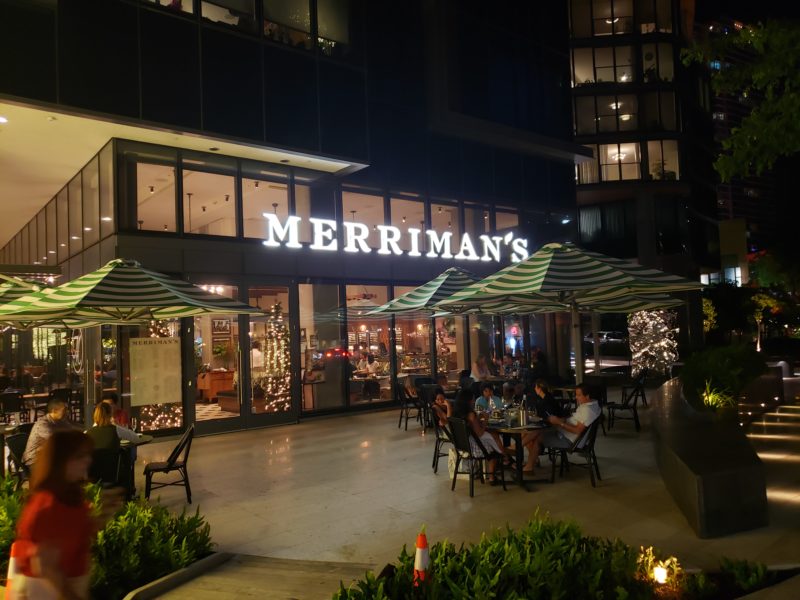Drive north from the lava coastlines of Kona or east from the waterfalls of Hilo, and suddenly, the Big Island turns green. Wide open pastures, red dirt roads, and drifting clouds signal your arrival in Waimea—a paniolo (Hawaiian cowboy) town with deep cultural roots and wide-open skies. This is North Hawaiʻi, where the traditions of horseback riding, hula, and agriculture all live in harmony against a backdrop of two massive volcanoes.
It’s cooler up here. Quieter too. But that doesn't mean boring—this region is packed with ranch history, hidden beaches, and some of the island’s most dramatic coastal views. Whether you’re here for the history, the hiking, or the solitude, Waimea offers a distinctly Hawaiian experience that’s easy to miss—but unforgettable once you find it.
Waimea Town: Where Paniolo Culture Lives On

At over 2,600 feet above sea level, Waimea has the feel of a mountain town—if that mountain town also happened to have an active ranching scene, award-winning chefs, and historic ties to Hawaiian royalty. The cool climate, open space, and fertile land made this area a hub of agriculture for centuries.
Waimea is best known as home to Parker Ranch, one of the oldest and largest cattle ranches in the U.S. (established in 1847). The ranch’s legacy still defines the town: pickup trucks parked outside diners, cowboy hats in the grocery store, and a Fourth of July rodeo that draws crowds from across the island.
Visit the Parker Ranch Center to learn about the ranch’s history or stop by the Anna Ranch Heritage Center, where restored buildings and family stories bring paniolo life into focus. Don’t miss Waimea Homestead Farmers Market (Saturdays) for local produce, fresh flowers, handmade goods, and food stands serving everything from laulau to lilikoi pastries.
Green Hills to Ocean Cliffs: North Hawaiʻi’s Wild Coast

Head toward the northern tip of the island and the landscape shifts again—grasslands become windswept cliffs and misty ridges give way to sweeping coastal valleys.
- Waipiʻo Valley Lookout: One of the most iconic views in Hawaiʻi. This lush, taro-filled valley was once home to Hawaiian kings and remains deeply sacred. The lookout offers panoramic views of the black sand beach, waterfall-fed cliffs, and the winding road below. Access to the valley floor is restricted to residents and permitted vehicles, but even from above, it’s breathtaking.
- Pololū Valley: At the end of Highway 270, this less-visited valley features a short but steep trail leading down to a wild black sand beach surrounded by towering green cliffs. Sunrise here is a spiritual experience.
- Kohala Mountain Road: The scenic drive between Waimea and Hawi weaves along the spine of the oldest volcano on the island, offering rolling hills, distant ocean views, and a total change of pace from the resort zones.
This coast is all about quiet beauty, big views, and strong mana (spiritual energy).

Hawi & Kapaʻau: Small Towns with Big Charm
Keep driving past Waimea and you’ll land in Hawi and Kapaʻau, two small North Kohala towns full of character. Art galleries, juice bars, and restored plantation-era buildings line the streets.
Kapaʻau is home to the original King Kamehameha statue, honoring the birthplace of the king who unified the Hawaiian Islands. Just down the road, Lapakahi State Historical Park lets you walk through the ruins of an ancient coastal village, with interpretive signs and ocean breezes to guide you.
This is also the end of the road for the Ironman World Championship bike route—a quiet town that’s hosted countless elite athletes chasing big dreams.
Dining and Local Flavor

Waimea punches well above its weight in food. The cool climate and rich volcanic soil make it one of Hawaiʻi’s best regions for farm-to-table dining.
- Merriman’s: The original location of this iconic Hawaii Regional Cuisine pioneer serves up fresh island ingredients in a cozy ranch-style setting.
- Village Burger: A casual favorite offering locally raised beef and creative toppings.
- Waimea Coffee Company: Perfect for a slow morning start, with house-roasted coffee and fresh pastries.
For an unexpected treat, head to Hāwī for handmade ice cream, acai bowls, or a relaxed plate lunch with a side of local art.
When to Visit North Hawaiʻi
Year-round: Waimea is cooler than coastal regions, with temperatures in the 60s–70s°F most of the year.
Spring (Mar–May): Lush landscapes and clear mornings—perfect for hikes and drives.
Summer (Jun–Aug): Drier and dustier, especially along the Kohala Coast, but great for stargazing and long drives.
Fall (Sep–Nov): Shoulder season with crisp air and fewer visitors.
Winter (Dec–Feb): Cloudier skies, but the valleys turn an electric green, and cooler nights make it great for cozy inns or cabin stays.
Essential Waimea Travel Tips
- Dress in layers: Mornings and evenings can be chilly, especially in Waimea.
- Rent a car: You’ll need it to explore this wide, open region.
- Respect cultural sites: Waipiʻo and Pololū Valleys are sacred spaces—observe signs and visit with reverence.
- Pack snacks: Some areas between towns are remote with limited services.